#extinct animals
Text

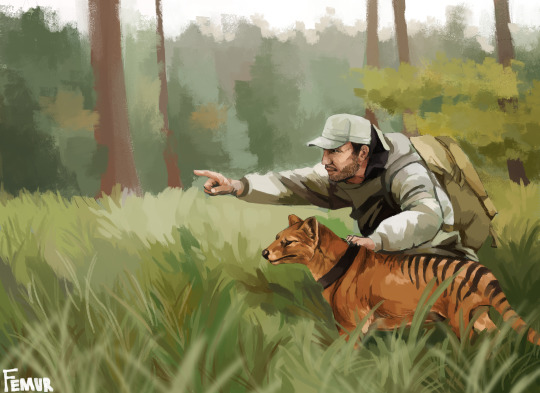
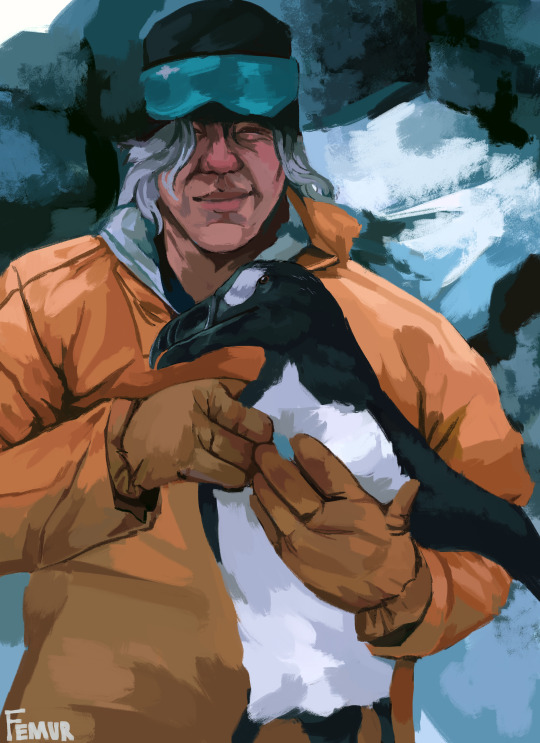
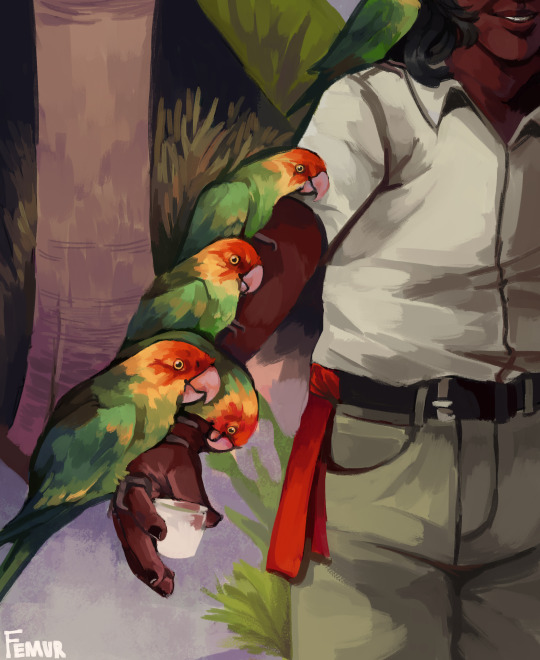
Something that could have been
#femurs art#carolina parakeet#quagga#great auk#extinct animals#extinct species#this was for a school thing#this series was made for ME#also this isnt supposed to be realistic#so like. i know that thylacines wouldnt make very good hunting companions but that wasnt the point of the piece#thylacine
17K notes
·
View notes
Text


Probably the most depressing example of a modernization change in Tokyo Mew Mew New…
#tokyo mew mew#tokyo mew mew new#enviornment#environmental#extinction#extinct animals#azure does a thing#luke don’t look
30K notes
·
View notes
Text
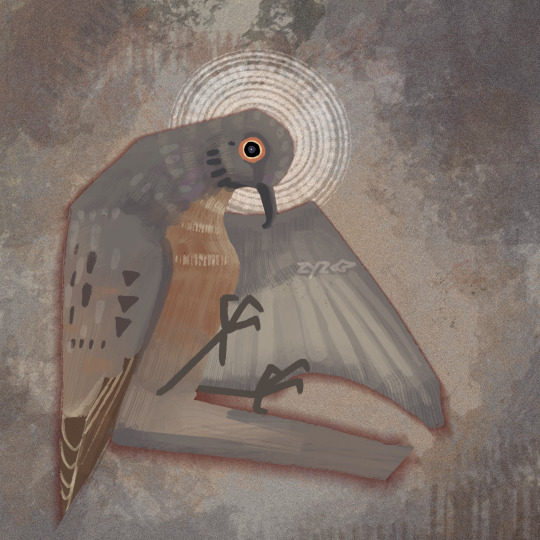
Its 2024!!! Happy new year, or happy new year's eve depending on where in the world you are.
And a great time to begin a new art challenge. I have a list of extinct birds for january, starting (ofc) with the passenger pigeon. These are such a great representative species for extinct birds imo - they used to be one of the most numerous birds on Earth, numbering in the billions, yet they vanished within a century. So gorgeous too!
As a communally roosting bird, their sheer numbers used to snap even large branches and they often piled on top of each other to roost. And then. Poof. None left.
#artists on tumblr#birds#pigeon#digital art#extinct animals#digital illustration#birdblr#bird art#bird of the day#passenger pigeon#columbiformes
1K notes
·
View notes
Text
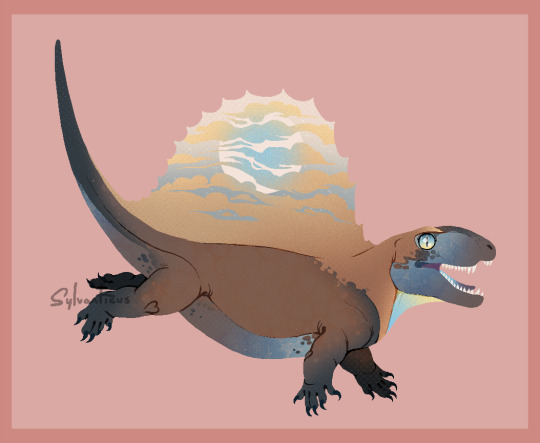
a Dimetrodon!!!
#khyrosart#art#artists on tumblr#dinosaur#paleoart#paleo art#paleontology#paleoblr#dinosaurs#dino#dimetrodon#Synapsid#extinct animals#prehistoric#pixels#pixelart#pixel art#I know it's not a dino but yeah
908 notes
·
View notes
Text

drew this back in June, Eryon is ready to throw hands (claws)
#jurrasic june#jurrasic#paleoart#paleo art#palaeoblr#eryon#crustacean#decapod#extinct animals#prehistoric
2K notes
·
View notes
Text

Feel like shit just want them back
#I'm not even joking i think about them on average at least once a day#i am unwell#passenger pigeon#we did you so so wrong#it's Makenna Is Mad About Extinct Birds hour again#martha i will avenge you#i don't know how yet but I'll do it#shut up me#extinction#extinct animals#birds#birdblr#environmentalism#i want to see them block out the sun i want to witness their splendor#but i can't and my soul will never know peace
754 notes
·
View notes
Text

i miss them
1K notes
·
View notes
Text

Sunlemon - LOST ANIMALS
#plush#plushie#plushies#plushblr#plushcore#toycore#soft toy#stuffed animals#sunlemon#lost animals#extinct animals#mammoth#steller's sea cow#dodo#japanese wolf#great auk#plush: prehistoric#plush: pachyderm#marine mammals#plush: bird#plush: wolf#plush: canine
1K notes
·
View notes
Text
"A 2019 sighting by five witnesses indicates that the long-extinct Javan tiger may still be alive, a new study suggests.
A single strand of hair recovered from that encounter is a close genetic match to hair from a Javan tiger pelt from 1930 kept at a museum, the study shows.
“Through this research, we have determined that the Javan tiger still exists in the wild,” says Wirdateti, a government researcher and lead author of the study.
The Javan tiger was believed to have gone extinct in the 1980s but only officially declared as such in 2008...
Ripi Yanuar Fajar and his four friends say they’ll never forget that evening after Indonesia’s Independence Day celebration in 2019 when they encountered a big cat roaming a community plantation in Sukabumi, West Java province.
Immediately after the brief encounter, Ripi, who happens to be a local conservationist, reached out to Kalih Raksasewu, a researcher at the country’s National Research and Innovation Agency (BRIN), saying he and his friends had seen either a Javan leopard (Panthera pardus melas), a critically endangered animal, or a Javan tiger (Panthera tigris sondaica), a subspecies believed to have gone extinct in the 1980s but only officially declared so in 2008.
About 10 days later, Kalih visited the site of the encounter with Ripi and his friends. There, Kalih found a strand of hair snagged on a plantation fence that the unknown creature was believed to have jumped over. She also recorded footprints and claw marks that she thought resembled those of a tiger.
Kalih then sent the hair sample and other records to the West Java provincial conservation agency, or BKSDA, for further investigation. She also sent a formal letter to the provincial government to follow up on the investigation request. The matter eventually landed at BRIN, where a team of researchers ran genetic analyses to compare the single strand of hair with known samples of other tiger subspecies, such as the Sumatran tiger (Panthera tigris sumatrae) and a nearly century-old Javan tiger pelt kept at a museum in the West Java city of Bogor.
“After going through various process of laboratory tests, the results showed that the hair sample had 97.8% similarities to the Javan tiger,” Wirdateti, a researcher with BRIN’s Biosystemic and Evolutionary Research Center, said at an online discussion hosted by Mongabay Indonesia on March 28.
The discussion centered on a study published March 21 in the journal Oryx in which Wirdateti and colleagues presented their findings that suggested that the long-extinct Javan tiger may somehow — miraculously — still be prowling parts of one of the most densely populated islands on Earth.
Their testing compared the Sukabumi hair sample with hair from the museum specimen collected in 1930, as well as with other tigers, Javan leopards and several sequences from GenBank, a publicly accessible database of genetic sequences overseen by the U.S. National Institutes of Health.
The study noted that the supposed tiger hair had a sequence similarity of 97.06% with Sumatran tigers and 96.87% with Bengal tigers. Wirdateti also conducted additional interviews with Ripi and his friends about the encounter they’d had.
“I wanted to emphasize that this wasn’t just about finding a strand of hair, but an encounter with the Javan tiger in which five people saw it,” Kalih said.
“There’s still a possibility that the Javan tiger is in the Sukabumi forest,” she added. “If it’s coming down to the village or community plantation, it could be because its habitat has been disturbed. In 2019, when the hair was found, the Sukabumi region had been affected by drought for almost a year.” ...
Didik Raharyono, a Javan tiger expert who wasn’t involved in the study but has conducted voluntary expeditions with local wildlife awareness groups since 1997, said the number of previous reported sightings coupled with the new scientific findings must be taken seriously. He called on the environment ministry to draft and issue a policy on measures to find and conserve the Javan tiger.
“What’s most important is the next steps that we take in the future,” Didik said."
-via Mongabay, April 4, 2024
#tigers#tiger#endangered species#extinction#conservation#environment#extinct animals#de extinction#indonesia#java#big cats#wild animals#good news#hope
615 notes
·
View notes
Text


This 36x48” oil on canvas diptych is part of a series I’ve been working on based on the thylacine, also known as the “Tasmanian Tiger” or marsupial wolf.
One of my biggest interests has always been animals, and in particular the ones that humans have destroyed. Every lost or vanishing species is its own story, and as an illustrator theirs are the stories that I am the most invested in telling (hence the blog).
The thylacine is one of the classic examples of human-caused extinction: an utterly unique creature, deliberately exterminated due to a combination of greed, ignorance, hubris, and fear.
Scared or anxious marsupials have a habit of stretching their jaws in a display known as a yawn (you’ve probably seen memes of opossums that look like they’re yelling—it’s the same thing). This display was especially striking in the thylacine, which could open its jaw to over 90°. Some of the most famous photos of thylacines capture them in this attitude of fear.
Unfortunately for the thylacine, humans have more direct methods of dealing with the things that scare them.
The title of this pair of paintings is ‘When They Are Frightened, They Show Their Teeth’.
The overall series is called ‘Here Be Monsters’, as a nod to both the far-flung environs of the thylacine, and the behavior of those who intruded upon it.
Stay tuned for more.
#extinction#extinct#extinct animals#thylacine#tasmanian tiger#oil painting#animal illustration#extinct species#extinction stories
2K notes
·
View notes
Text

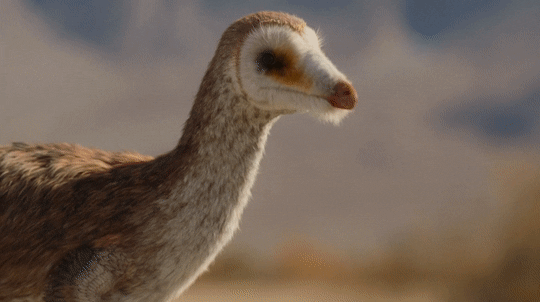
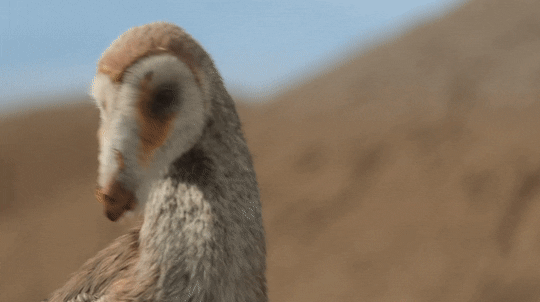
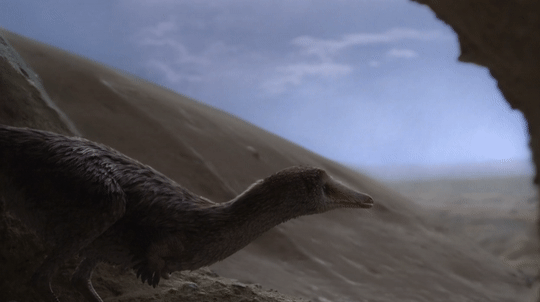



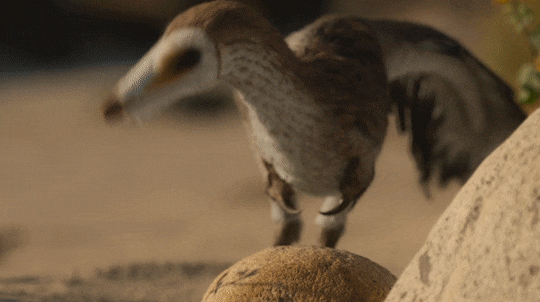

Cutiepie — Velociraptor is out, Mononykus is in!
#squish#such a cutie#dinosaur#prehistoric planet#mononykus#paleo art#paleoart#dinosaurs#feathered dinosaurs#fluffy dino#gif#animals#extinct animals
22K notes
·
View notes
Text

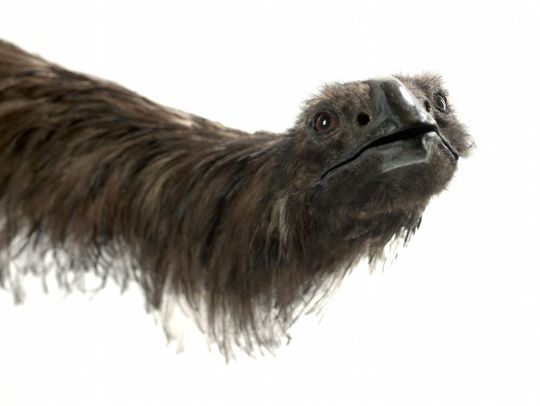
A reconstruction of a female coastal moa (Euryapteryx curtus), also called the broad-billed or stout-legged moa, built for the Museum of New Zealand Te Papa Tongarewa in 2006. [x]
Adult females of this species could be over twice the size of adult males. Individuals from the southern part of the country were larger and more robust than those from the north.
This moa species also had an elongated windpipe similar to some modern-day swans and cranes, suggesting it could make loud, resonating calls: "The windpipe included a loop up to one metre long that ran downwards inside the left side of the body, and across to the other side before it doubled back on itself to the breast and into the lungs." [x]
Simulated call of a coastal moa:
11K notes
·
View notes
Text
Some irl animal lore:
Spotted hyenas once had ranges that stretched far outside of Africa and into more northerly latitudes across Europe and into Russia. It’s possible they could have reached the British Islands via the land bridge that formed due to lowered sea levels (it is referred to as “Doggerland”).
Art by Julian Friers

#spotted hyena#hyena#hyena art#reindeer#ireland#ice age#uk#paleoillustration#paleontologist#paleomedia#paleoblr#paleo art#paleoart#paleontology#paleostream#extinct animals#animals#animal facts#interesting#interesting animals#speculative biology#speculative ecology#speculative evolution#speculative zoology#spectember#specposium#hyenakin#skelligs
593 notes
·
View notes
Text

Day 18 of extinct birds - the Carolina parakeet or Carolina conure
The Carolina parakeet was one of only three species of parrot native to the US. They were very social birds, found in large flocks, and multiple females will lay eggs in a single nest. Interestingly, they were known to eat a lot of cocklebur seeds which are toxic (at least to mammals). Another interesting thing is that the last captive parakeet died in the same cage that the last passenger pigeon died, 4 years after.
#psittaciformes#bird of the day#bird art#birds#extinct animals#digital illustration#bird#daily art#ornithology#digital art
678 notes
·
View notes
Text

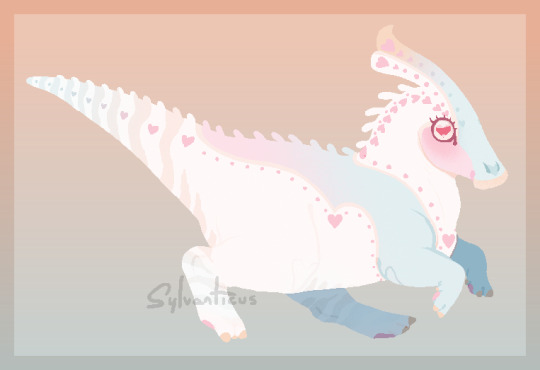
💗🪷
a Hadrosaur who had a long nap under the camellias
and a bonus on my base :]
#art#khyrosart#artists on tumblr#dinosaur#paleo art#dino#paleoart#hadrosaur#extinct#Camellia#flowers#pink#blue#hearts#paleoblr#extinct animals#Cretaceous#tlatolophus
735 notes
·
View notes